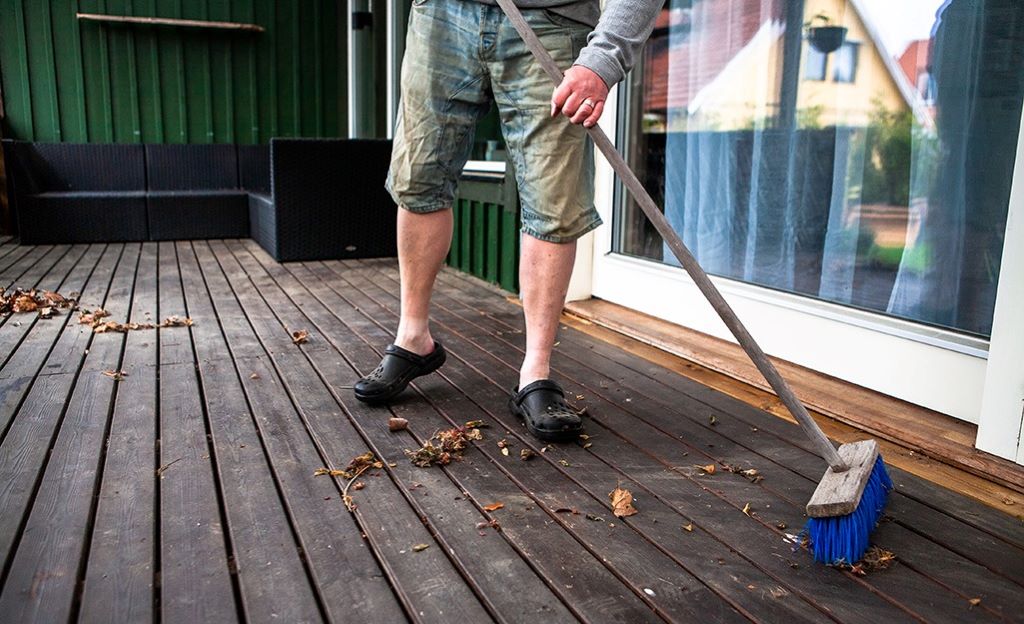Fire alarms are an essential safety feature, but only when working properly. This means regular testing, so let’s look at the stages of the testing process.
Announcement
An unexpected fire alarm can cause panic. Minimise disruption by alerting anyone present that a test is scheduled.
Physical condition
Inspect for discolouration, dents, and cracks. Also, look for dust or dirt. Use an air duster or soft cloth/brush to clean rather than potentially damaging water or chemicals.
Battery
Batteries should be replaced every six months by default, but many will have an indicator to warn if they are running low. If not, check the voltage using a multimeter.
Test button
Most alarms have a test button. Press this and hold it to cause a piercing wail. If the noise fails, either the batteries or the alarm need to be replaced or repaired.
Smoke test
To check the alarm’s sensitivity to smoke, you can purchase a detector spray. When released near the alarm, it should cause it to blare; if not, it may need fixing or replacing.
Check connected alarms
If you have a network of interconnected alarms, you should check each individually. When one alarm is triggered, the others should also switch on in response.
Expiry date
Every alarm should have an expiry date on the back. This will normally be about ten years from purchase. Replace the alarm after this date.
Record results
Take note of the date, time, and any corrective action. This can provide reassurance, be used for later reference, and may be important for the warranty and any insurance claim.
Schedule next tests
You should carry out a basic alarm test at least once a month, with a more thorough inspection and service annually. For fire alarms Northamptonshire, companies such as isefireproducts.co.uk/fire-alarm-systems/northamptonshire offer maintenance services.
Other fire safety
Check you are following all other official government and local fire service advice regarding fire safety at home or work.
Following these steps is an important way to ensure your home or workplace, and its occupants, are protected from uncontrolled fire.


